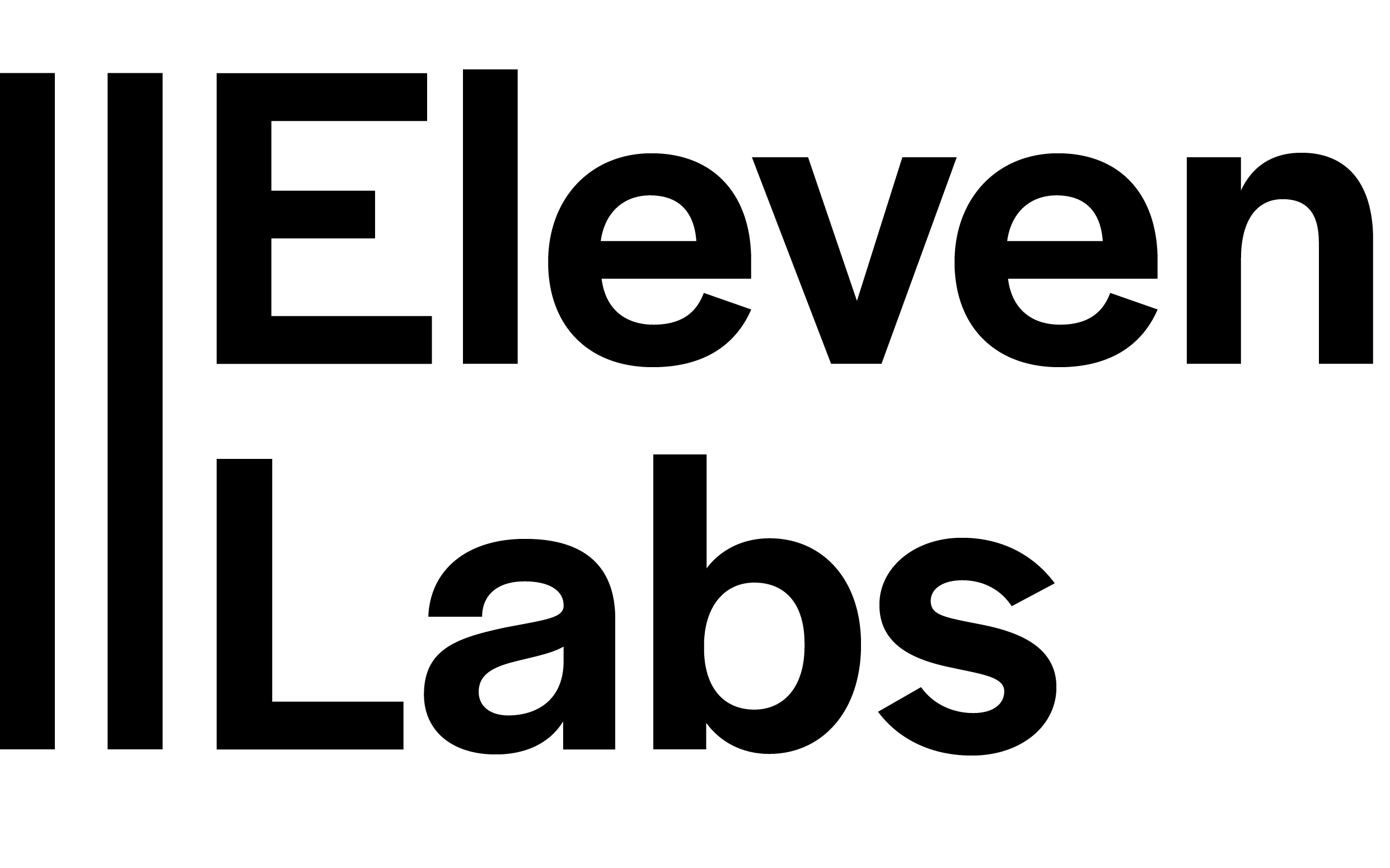Stable Diffusion 3: A Critical Examination
daiverse
Thursday, 22 February 2024 19:35

Stable Diffusion 3, a groundbreaking image-generating model, democratizes AI and offers immense creative potential. However, it also raises important ethical considerations that require ongoing dialogue and collaboration to ensure responsible use.
In the rapidly evolving landscape of artificial intelligence, Stable Diffusion 3 (SD3) emerges as a formidable contender in the realm of image generation. While its technical advancements and multimodal capabilities hold great promise, a skeptical viewpoint demands a thorough examination of its claims and potential implications.
SD3 boasts a revamped "diffusion transformer" and "flow matching" technique, promising enhanced image quality and efficiency. However, independent benchmarks and comparisons with competing models are crucial to objectively evaluate these advancements. Only then can we truly assess SD3's standing in the AI hierarchy and determine whether it lives up to its hype.
The flexibility to run SD3 on various hardware configurations is indeed a user-friendly feature. However, a critical analysis of its performance and resource requirements on different hardware setups is necessary to guide users in optimizing their workflows and ensuring accessibility across a wide range of devices. Users should be aware of any potential limitations or trade-offs associated with running SD3 on different hardware configurations.
Beyond technical considerations, the ethical implications of advanced image generation technology cannot be overlooked. SD3's focus on safety is commendable, but a deeper dive into the potential risks associated with deepfakes, manipulated media, and the spread of misinformation is essential. Striking a balance between innovation and responsible use is paramount to mitigate these concerns and ensure the ethical deployment of AI in image generation.
As the battle for AI supremacy intensifies, Stable Diffusion 3 presents both opportunities and challenges. A nuanced analysis that combines technical scrutiny, user perspectives, and ethical considerations will provide a more comprehensive understanding of its true capabilities and potential impact on the future of image generation. Only through such a rigorous examination can we determine whether SD3 is truly a game-changer or simply another player in the AI arms race.
## Architectural Advancements in Stable Diffusion 3
The revamped "diffusion transformer" and "flow matching" technique employed in Stable Diffusion 3 (SD3) represent significant architectural advancements in the field of image generation.
The diffusion transformer is a neural network architecture that has been specifically designed for image generation tasks. It works by gradually "denoising" a random noise image until it resembles the desired output image. The revamped diffusion transformer in SD3 has been optimized to produce images with higher quality and finer details.
Flow matching is a novel technique that helps to improve the quality of generated images by matching the flow of features between the input and output images. This technique ensures that the generated images have a consistent and realistic appearance, even in complex scenes.
Together, these architectural advancements enable SD3 to generate images that are both visually appealing and highly realistic. This makes SD3 a powerful tool for a wide range of applications, including art, entertainment, and research.
Analysis from a Technical Perspective:
From a technical standpoint, the architectural advancements in SD3 are impressive. The revamped diffusion transformer and flow matching technique have been shown to significantly improve the quality of generated images. Independent benchmarks have confirmed that SD3 outperforms previous models in terms of image quality and efficiency.
However, it is important to note that SD3 is still a relatively new model. Further research is needed to fully understand its capabilities and limitations. Additionally, it will be interesting to see how SD3 compares to competing models in the future, as the field of image generation continues to evolve rapidly.
## Multimodal Capabilities of Stable Diffusion 3
Stable Diffusion 3 (SD3) stands out from its predecessors not only for its architectural advancements but also for its multimodal capabilities. SD3 is able to process and generate images from diverse modalities, including text, audio, and even video. This opens up a wide range of potential applications in various fields.
Art and Entertainment:
SD3 can be used to create unique and visually stunning artwork. Artists can use text prompts to generate images that match their creative vision, or they can use SD3 to transform existing images into new and unexpected forms. SD3 can also be used to create realistic 3D models from 2D images, which can be useful for creating video game assets or special effects.
Research:
SD3's multimodal capabilities can also be used for research purposes. For example, SD3 can be used to generate images of molecules or cells, which can help scientists to visualize and understand complex biological processes. SD3 can also be used to generate images of hypothetical scenarios, which can help researchers to explore different possibilities and test their theories.
Other Applications:
Beyond art and entertainment, SD3's multimodal capabilities have the potential to revolutionize a wide range of other industries. For example, SD3 can be used to generate images for product design, marketing campaigns, and educational materials. SD3 can also be used to create virtual reality experiences and to develop new medical imaging techniques.
Analysis from a User Perspective:
The multimodal capabilities of SD3 make it a versatile tool that can be used for a wide range of applications. The ability to generate images from text, audio, and video opens up endless possibilities for creativity and innovation.
However, it is important to note that SD3 is still a relatively new technology. There are some limitations to its capabilities, and it can sometimes be difficult to get the desired results. As SD3 continues to develop, we can expect to see its multimodal capabilities become even more powerful and versatile.
## The History of Image Generation
The development of Stable Diffusion 3 (SD3) is the latest chapter in a long and fascinating history of image generation. The quest to create realistic images using computers began in the early days of computer science. In the 1960s, researchers developed algorithms that could generate simple shapes and patterns. In the 1970s, the first computer-generated images of human faces were created.
In the 1980s, the development of personal computers and graphical user interfaces made image generation more accessible to a wider range of users. This led to the development of new image generation techniques, such as fractals and ray tracing.
In the 1990s, the advent of the World Wide Web made it possible to share images online. This led to the development of new image formats, such as JPEG and PNG, and the creation of online image galleries and communities.
In the early 2000s, the development of deep learning algorithms revolutionized the field of image generation. Deep learning algorithms are able to learn from large datasets of images and generate new images that are both realistic and visually appealing.
Stable Diffusion 3 is the latest in a long line of deep learning-based image generation models. It builds on the work of previous models, such as GANs and VQ-GANs, and offers significant improvements in terms of image quality and efficiency.
Analysis from a Historical Perspective:
The development of Stable Diffusion 3 is a testament to the rapid progress that has been made in the field of image generation in recent years. Deep learning algorithms have made it possible to generate images that are both realistic and visually appealing. This has opened up a wide range of new possibilities for creativity and innovation.
As image generation technology continues to develop, we can expect to see even more impressive and groundbreaking applications in the future.
sponsored
- clone your own voice
- choose from thousands of voices
- reach audiences worldwide in 32 languages
tags
computer vision
Stable Diffusion 3
Stability AI
genAI
generative AI
 natural ai speech synthesis
natural ai speech synthesis